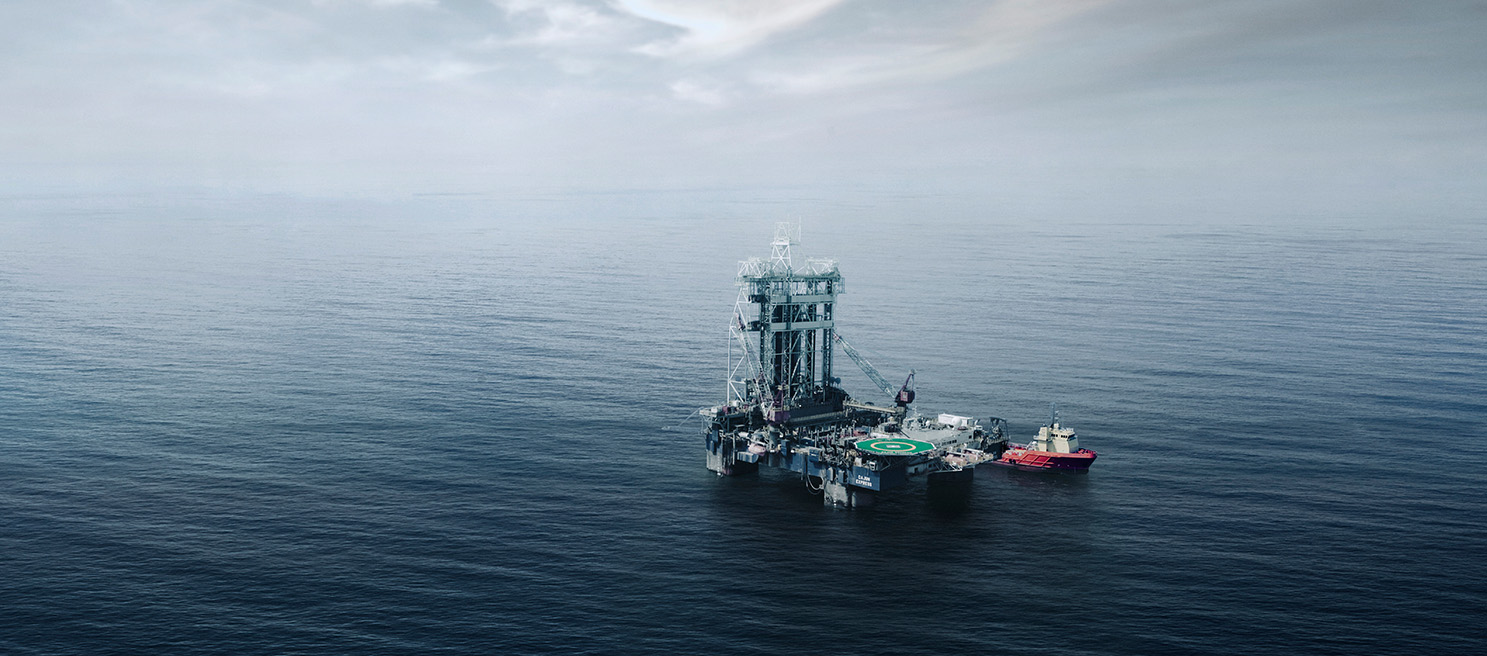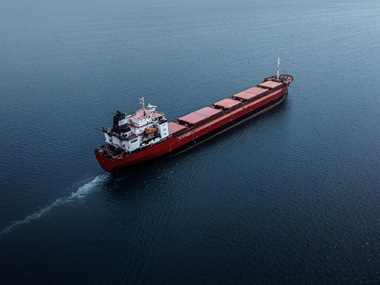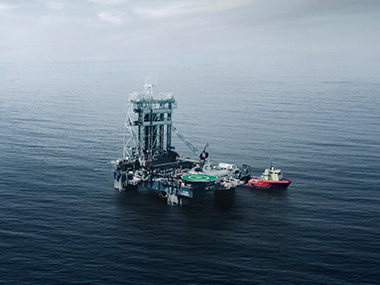Oil market: The jump in "oil on water" may be a bullish indicator
In last week’s issue of the Weekly Market Report, we discussed the new sanctions on the two Russian oil companies, Lukoil and Rosneft.
We wrote: “We assess that these new sanctions are likely to have a real impact. It has become considerably more difficult for Russia to sell its oil. This comes as India appears to have agreed to reduce its purchases, and Trump has also stated that he will put pressure on Xi to lower China’s imports of Russian oil. Reuters, citing several sources, reported last week that China’s two largest state-owned refiners have suspended purchases of Russian crude following the US sanctions.”
We also saw last week that Lukoil was forced to sell its international assets to the Swiss commodity trader Gunvor — a direct consequence of the new sanctions.
Last week, the focus also turned to the meeting between Putin and Xi. Regarding the oil market, it is notable that Trump stated Chinese purchases of Russian oil were not discussed, but that Ukraine was.
In our view, this indicates that Trump has, in effect, despite the official sanctions, accepted China’s continued buying of Russian oil. From a market psychology perspective, there appears to be little confidence that the sanctions will be enforced when it comes to China. Like it or not, Trump seems to prefer selling soybeans to China rather than preventing the country from supporting Russia through its oil imports.
That said, there are no signs that Washington will lift the latest sanctions on companies such as Lukoil and Rosneft, or drop the threat of secondary sanctions. It means the sanctions remain in place and continue to have an impact — notably in India, and probably to a lesser extent in China.
The key question is how strictly the US will enforce these sanctions against Chinese buyers now that a trade deal with China appears to be in place.







